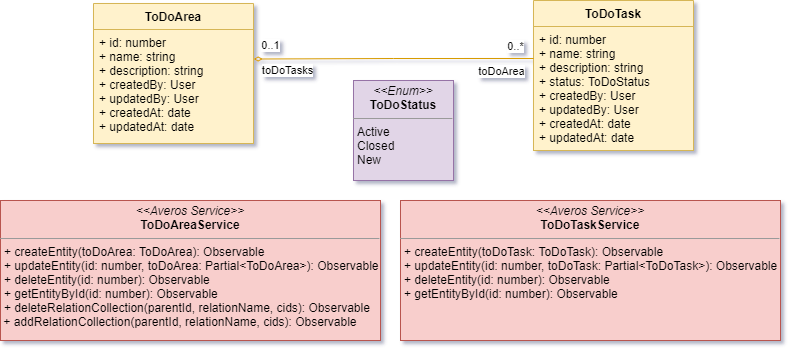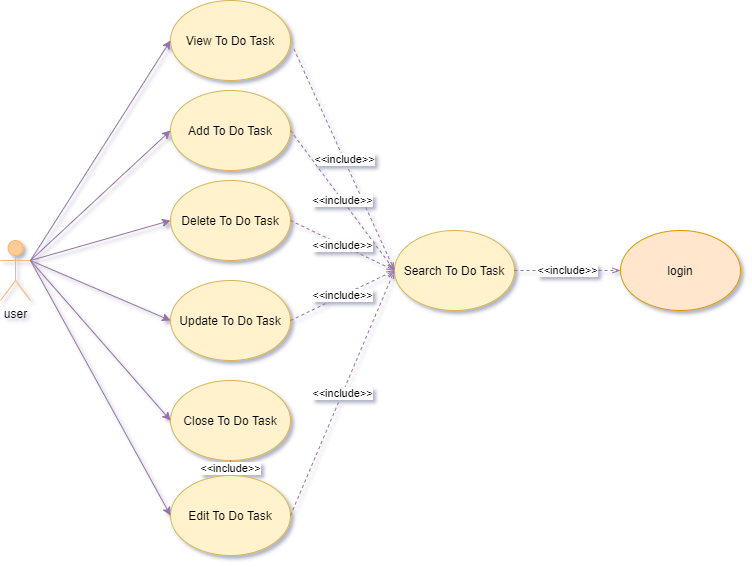Application Design & Specifications
I. Introduction
So far, we have defined our application purpose and described its bsuiness requirements.
As a result, the main business entities are starting to emmerge as we delve deeper and deeper into definitions and requirements.
Now it’s time to define our application design.
II. ToDo Application Design
If you carefully examine the Application definitions and business requirements, you will find out that those could be depicted by some entities and components.
Here are the main components that you might think of:
- Two main entities, ToDoArea and ToDoTask
- Four main use cases for each entity (i.e.
create/delete/search/update)- (create/delete/search/update) ToDoArea
- (create/delete/search/update) ToDoTask
- Two use cases that involve both ToDoArea and ToDoTask (i.e.
assign/unassign) and which is dealing with update entity relationships:- (assign/unassign) ToDoTask(s) from a given ToDoArea
It is assumed that you have basic knowledge on UML in order to be able to grasp what comes next.
II.1- ToDoApplication Class Diagram
According to our previous study, it is safe to assume that the following class diagram could genuinely describe our main entities and their relationships.
II.2- ToDoApplication Use Cases Diagram
According to our previous study we have identified a couple of use cases that define how a given user can interact with our ToDoApplication.
Those use cases might be described by the following Use case diagram.
Now our application design is finished, it is high time we start implementing our application using averos framework.
Usually, developing such an application from scratch is considered as a long heavy process which involve environment preparation and hours of coding.
Using averos framework you will be able to build this application in minutes.
Next, we will delve deeper into averos framework and generate our application.


